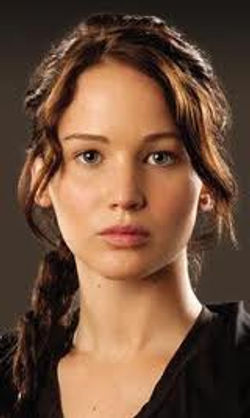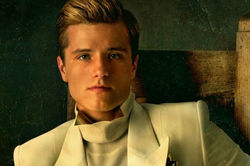
Narrative theory
Strauss
Levi Strauss' theory suggests that a narrative is defined as existing when conflict arises between characters whom repesent binary opposites.

Binary oppsoites could include weak and strong, male and female, tall and short. or good and evil etc.
Throughout time, many films, music videos, and media texts have been built around the idea that conflict arises when binary opposites are introduced. For example, the entire Star Wars trilogy was bulit around the premice of 'Good Vs Evil', which appears to be the central climax around the entire narrative.
Propp
Vladamir Propp's theory suggests that there are 8 key roles in a narrative, and these 8 roles are a vital aspect of a narrative. Propp studied hudereds of fairy tales before concluding that each of them has the same narrative structure. The 8 roles are as follows;
-
The Hero who is on a quest. Usually male, is the agent who restores the narrative equilibrium often by embarking upon a quest (or search). Propp distinguishes between the victim hero, who is the centre of the villain’s attentions, and the seeker hero who aids others who are the villains victims. The hero is invariably the texts central character.
-
The Villain who opposes the hero. who usually creates the narrative disruption.
-
The Donor, who helps the hero by giving him a tool. It may be an object, information or advice, which helps in resolution of the narrative.
-
The dispatcher, who starts the hero on his way, aids the hero in the task of restoring equilibrium
-
The false hero, who tempts the hero away from his quest
-
The helper, who helps the hero
-
The princess, who is the reward for the hero. (the victim) is usually the character most threatened by thevillain and has to be saved, at the climax, by the hero. The father’s (who in fairy tales was often the king) role is usually to give the princess away to the hero at the narrative’s conclusion. He may also despatch the hero.
-
Her Father, who rewards the hero for his efforts.
 Hero |  Helper |  Princess |
|---|---|---|
 Villain |  Donor |  Dispatcher |
 False hero |
Todorov
Todorov's narrative theory involves a 5 point structure which includes; and equilibrium where the narrative begins, and how the characters are introduced to the audience. this is followed by a narrative changing event which casues a reaction where dramatic conclusions could occur, this is followed by a resolution, and a resulting new equilibrium where the characters either do, or don't have closure on the previous events.


A simplified version of Todorov's theory involves a 3 act structure which involves an inciting incident, plot twists, a climax, and a resolution. This is comes under the branches of the setup, the confrontation, and the resolution.
Maslow's hierarchy of needs
Maslow proposed a set of 5 aspects that should be fulfillled to satisfy people, whether that's audiences with the use of music videos, or motivating and satisfying an employer's workforce. These aspects should be taken into account when aiming to target an audience, so that their needs are successfully met. By fulfilling their needs successfully, producers will tend to be more satisfied with the media consumption, and therefore have a positive view towards it. Different media texts are intended to envoke a particular emotion, or reaction from an audience, for example, a film may compell an audience to feel happy due to the nature of the happy ending, whereas a film may envoke sadness from an audience with the death of a character.


